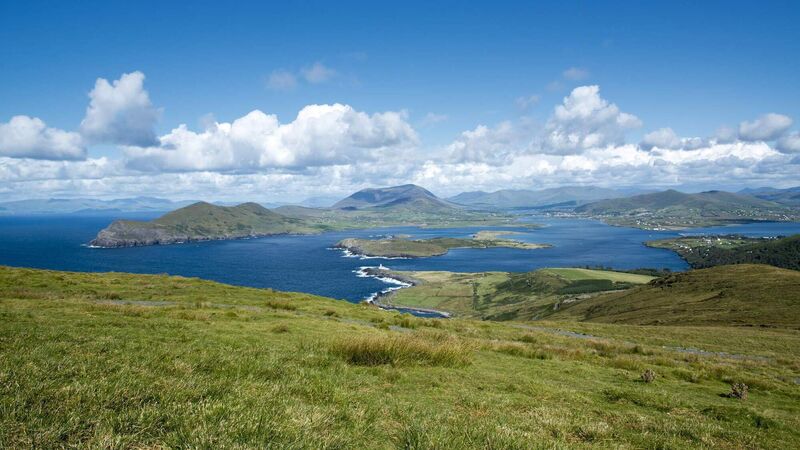'Green hydrogen' could be used to power Ireland's islands

Irish researchers will take part in a major European project aimed at bringing so-called "green hydrogen" into the renewable energy mainstream, including powering the likes of Valentia and the Aran Islands.
Green hydrogen is described as producing energy through the electrolysis of water, while eliminating emissions by using renewable energy. Its supporters say it could completely revolutionise clean energy, while its detractors say it is too cumbersome to achieve on a mass scale.
NUI Galway researchers Dr Pau Farràs Costa, Dr Rory Monaghan and Dr Thomas van Rensburg, members of the Energy Research Centre at the University's Ryan Institute, will assess the economic impacts of the Green Hysland project in Mallorca, the Spanish island.
Their research will examine whether it can be adapted in countries like Ireland.
Green Hysland is a five-year project that aims to generate, distribute and use at least 300 tonnes of hydrogen per year produced from solar energy in Mallorca, all the while reducing carbon emissions by 20,000 tonnes per year.
The aim of the €50m project is to embed green hydrogen in the island’s whole energy system, from solar power generators which will produce the hydrogen, to gas grid operators which will distribute it and to bus operators, vehicle rental firms, homes, businesses and hotels using it for power, heat and mobility.
Mr Farràs Costa, of NUI Galway’s School of Chemistry, said: “Green Hysland will be the first opportunity to demonstrate how green hydrogen holds the key to island decarbonisation and energy independence."
Mr van Rensburg, of the School of Business and Economics at NUI Galway, said the research meant they will be able to examine "our ability to replicate green hydrogen deployment on Ireland’s islands, including the Aran Islands and Valentia Island, with their excellent renewable energy potentials".
Mr Monaghan, of NUI Galway’s School of Engineering, said the "potential and ambition for Mallorca alone is huge".
"Take for example the 20,000 tonnes reduction in CO2 emissions as part of this research — that is the equivalent of the energy use in more than 2,300 homes in a year.”
It comes as a major report from the International Renewable Energy Agency (IRENA) outlines the main barriers to green hydrogen uptake and the policies needed to address the deficit.
The report called for national hydrogen strategies to be adopted in various countries.
Each country needs to define its level of ambition for hydrogen, outline the amount of support required, and provide a reference on hydrogen development for private investment and finance, IRENA said.
As green hydrogen becomes mainstream, policies should integrate it into the broader energy system, with civil society and industry involved, IRENA said.









